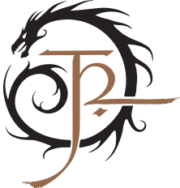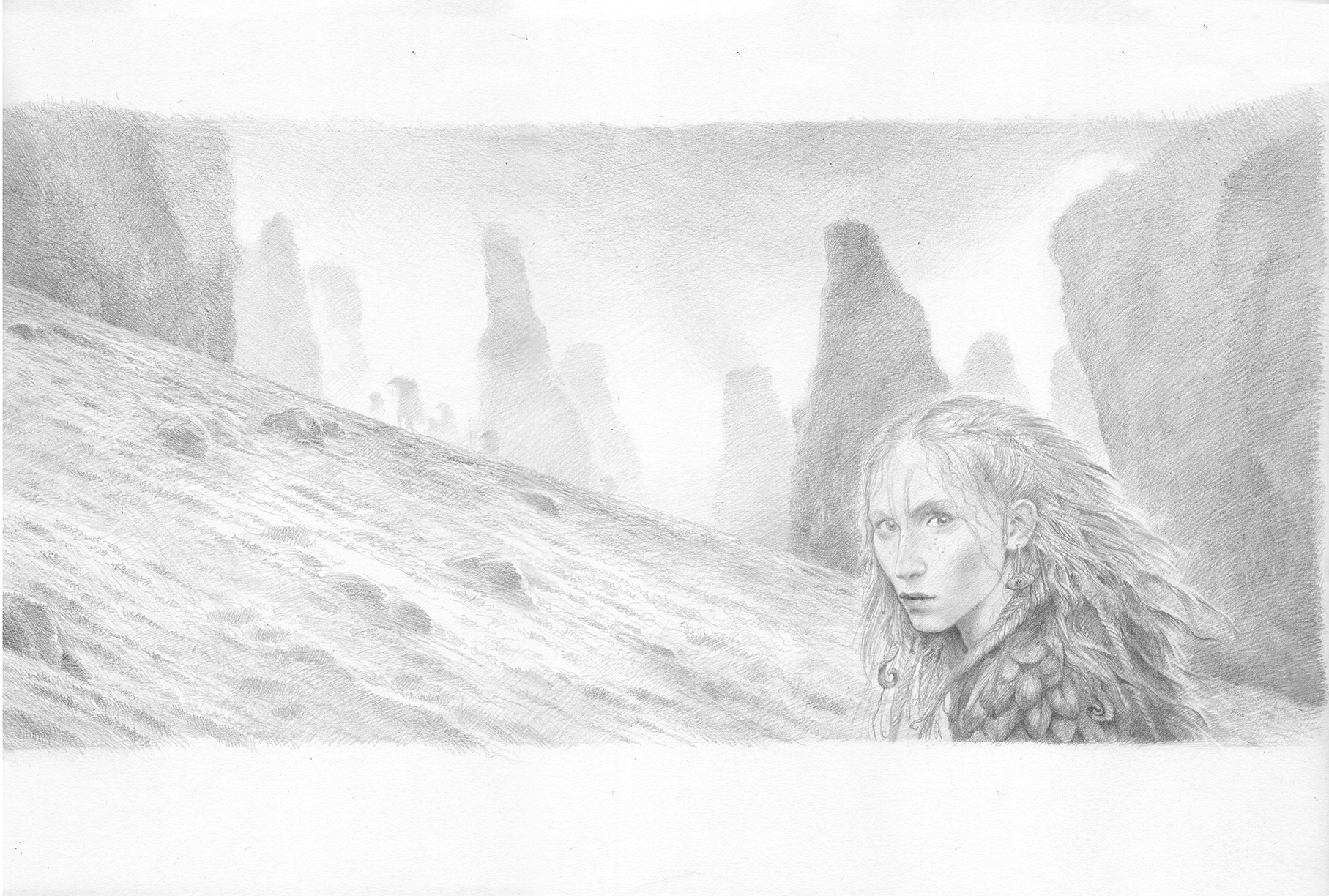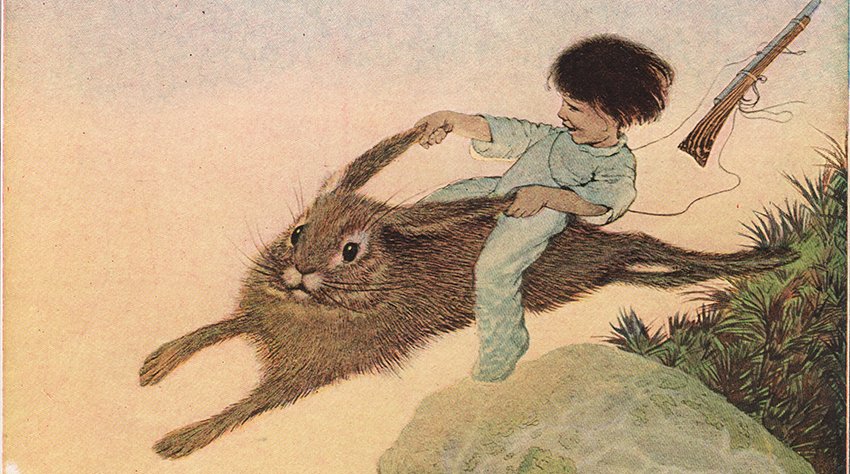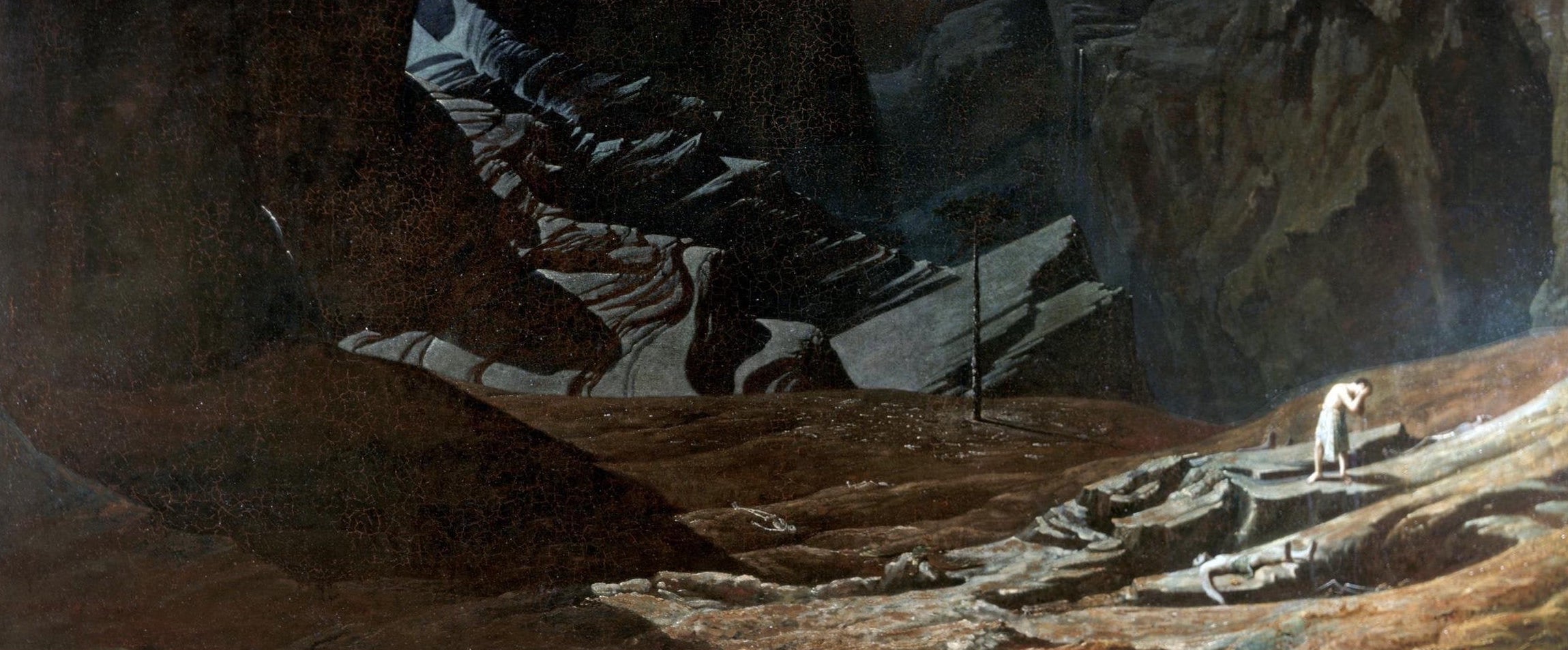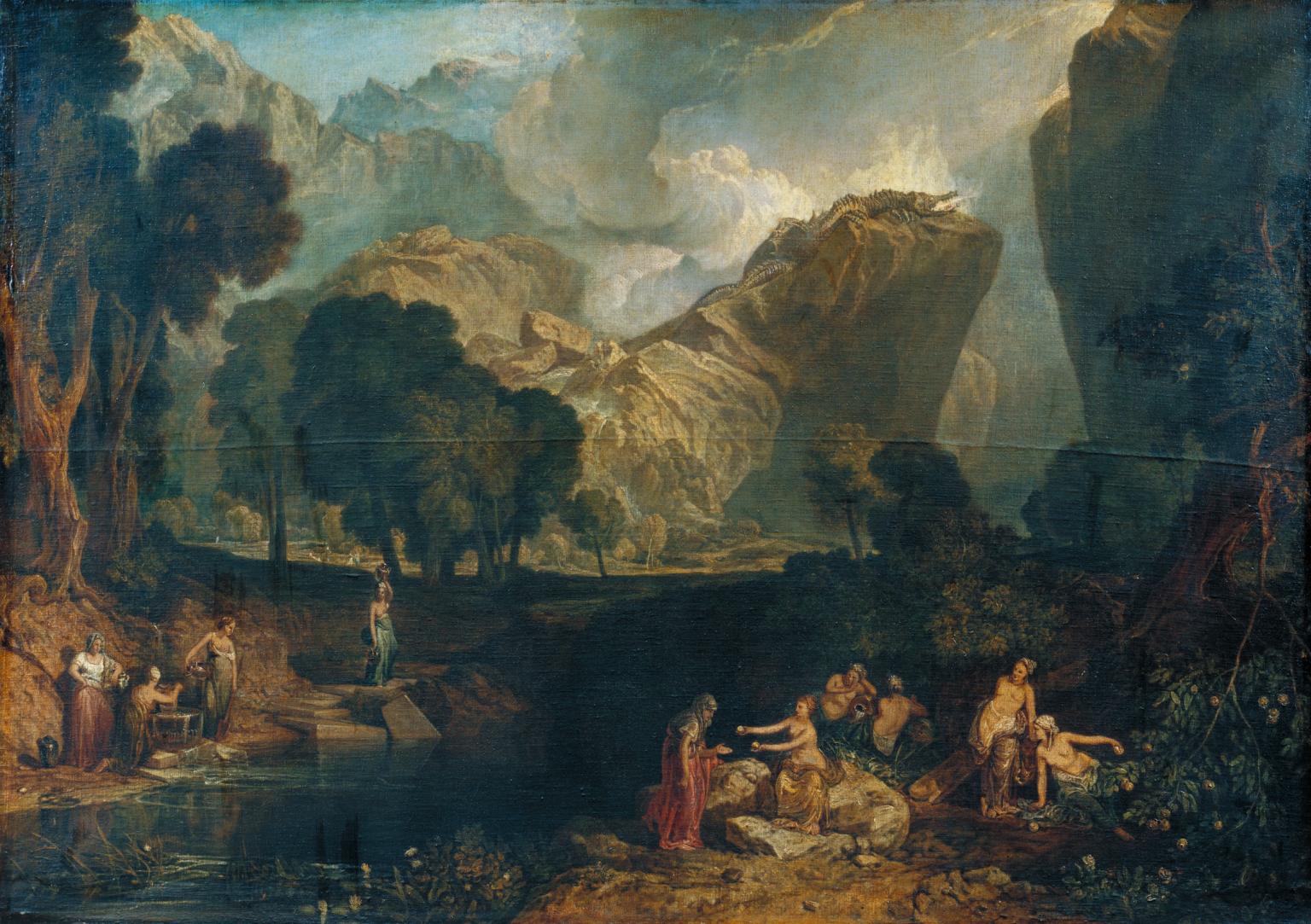It’s all about the stories we tell.
Mythology comes from a time before the world was a thing. As modern humans, we live in the era of “It”, where the workings of the world around us are explained scientifically. We do not need to know too many things; we can look them up in books and encyclopedias if we wish. Knowledge is less what our heads can hold than what books our local library can loan us, or what keywords we can type into a search engine. For thousands of years, humanity lived in a somehow richer age, the time of “Thou” when the world needed to be addressed as one would another living, reasoning creature, moreover an occasionally fickle, unpredictable and implacable one. Life could be hard, life needed to be negotiated. It was an age of propitiation, of dialogue, of giving thanks. If fire came forth when stones were struck together, then the fire was contained inside the stone, imprisoned until it was freed. To better explain, to more easily remember, a story was made, a tale of flint and how it swallowed fire, so that the knowledge could be passed along and its importance live on undiminished.
Naturally, when these stories no longer explained nature, they were still told, but they were no longer myth, since what they held that was sacred had come to be understood in another way. They became folk tales, fairy tales, old wives’ tales, and joined other dusty books on library shelves. And, while we still told the same stories, we forgot their meaning, and now, if we smile or shrug a little too easily when we read curious legends, it is because we read the names but no longer know what they truly mean.
Scholars have conscientiously collected thousands of stories, and we can now read these explanations, and while we can no longer truly feel their meaning, we can begin to understand what they may once have meant to the people who created them and passed them on. They let us see the world in a way that science, despite colliding atoms and decoding genomes, cannot reveal. It is a world of awe and complicity, of fears and certitudes, of an intimacy with the workings of the world we can no longer comprehend.
The world that gave us myth, legend and story provided the first of man’s answers to questions that still accompany us. Where do we go after we die? Is it to another life, a different one, will it be good or bad, will justice be meted out, will we exist at all? We have answers of our own, but are they any more true than the tales our ancestors told? Understanding myths and legends long ago may not help us see our future, but it extends and enriches our experience as human beings.
It’s all about the stories we tell.
